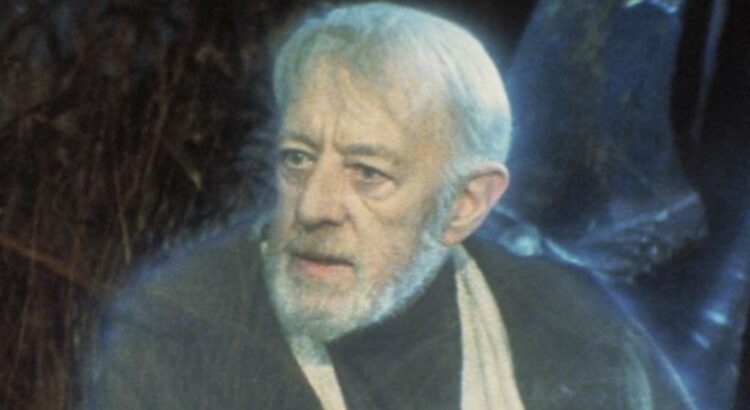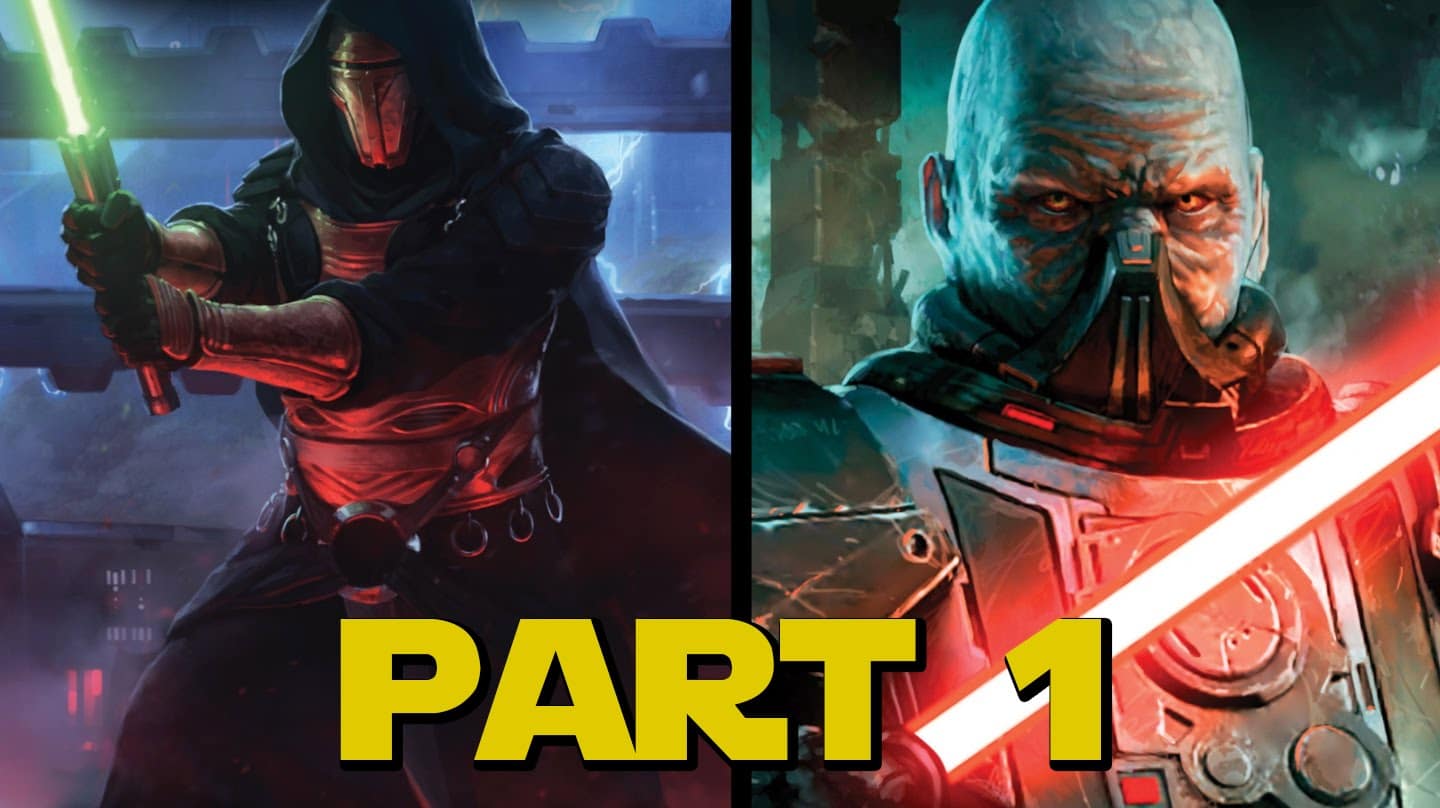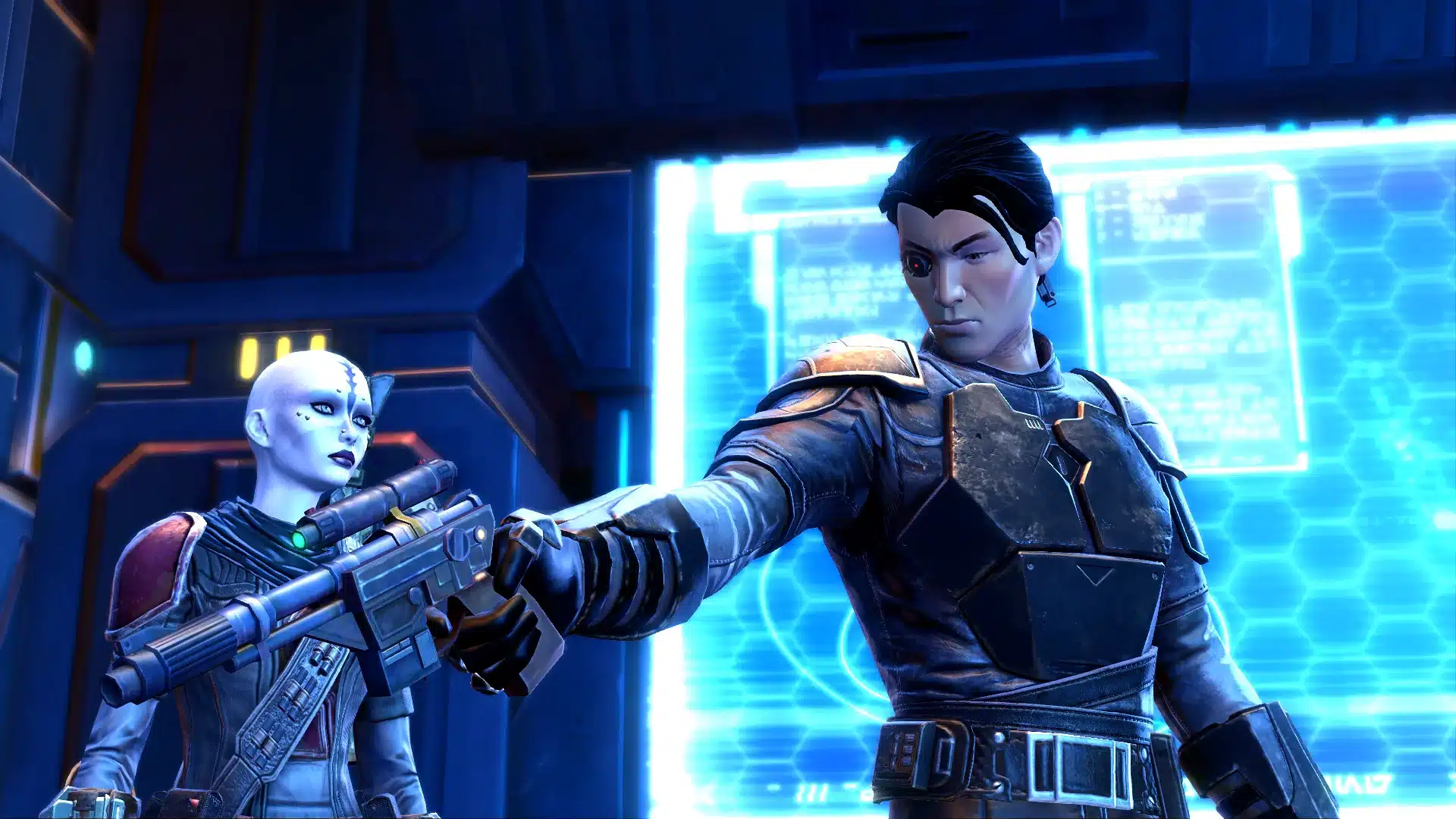“Star Wars: Return of the Jedi”, the epic conclusion of the original Star Wars trilogy, underwent several revisions before its release in 1983. Among the numerous alterations was a compelling plot twist that would have seen a major character return from the dead, not as a Force ghost, but in the flesh. This intriguing twist, though ultimately discarded, was the resurrection of Obi-Wan Kenobi, played by Sir Alec Guinness.
This revelation, along with many others about the early drafts of the film, comes from the book “Star Wars: The Annotated Screenplays” by film historian Laurent Bouzereau. The book provides a deep dive into the rough drafts of “Revenge of the Jedi” (the original title of the movie) and offers insights from interviews with George Lucas, the creator of the Star Wars saga, and co-writer Lawrence Kasdan. It also includes transcripts from their story meetings, revealing a drastically different movie that could have been.
In the early version of the film, Lucas intended to bring Obi-Wan back from “the Netherworld” to assist Luke Skywalker in the final duel against the Sith Lords. In a shocking turn of events, Yoda’s ghost was also planned to appear to shield the other heroes from Emperor Palpatine’s Force lightning. At one point, Luke would have protected Obi-Wan by deflecting the Emperor’s lightning before it could strike the Jedi Master.
The final confrontation with Palpatine and Darth Vader would have ended similarly to the completed film, with the apprentice (Vader) killing the master (Palpatine). In an unexpected twist, Vader’s redemption at the end of his life would have led to Yoda’s resurrection. This meant that both Obi-Wan and Yoda would have been physically present for the celebratory final scenes with the Ewoks.
However, this idea was ultimately scrapped. Lucas felt that the physical presence of Luke’s mentors in the final battle would detract from Luke’s own character development. He explained, “Luke is finally on his own and has to fight Vader and the Emperor by himself. If you get a sense that Yoda or Ben is there to help him or to somehow influence him, it diminishes the power of the scene”.
Indeed, allowing Luke to rely on Obi-Wan and Yoda during his duel with Vader might have detracted from the intensity of the scenes between father and son. The stakes felt incredibly high because Luke was alone against this formidable evil. Having Jedi backup could have reduced the tension and emotional impact of these moments.
Despite abandoning these scenes in later drafts, Lucas had the finale planned right from the beginning: the father sacrificing himself to save his son, while two wise old Jedi Masters observe as a new generation of heroes celebrate their victory. However, in contrast to the early drafts, the final film allowed old Ben and Yoda to enjoy a well-deserved rest.
In conclusion, while “Return of the Jedi” could have taken a dramatically different direction, the final product kept the focus on the individual journey of Luke Skywalker. This served not only to highlight the strength of his character but also to maintain the emotional depth of the film, ensuring its status as a timeless classic in the Star Wars saga.




